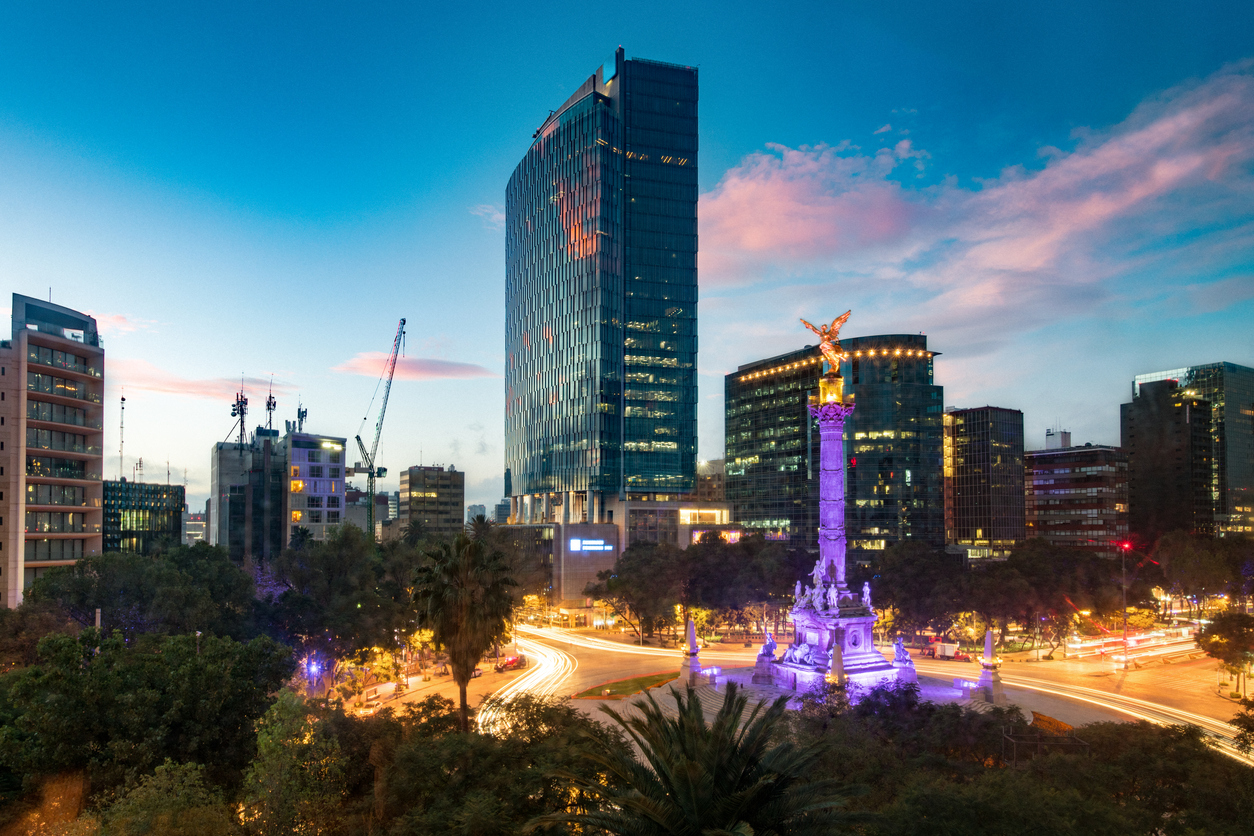
Reward & Recognition
Harnessing the power of recognition: tips for making it work
23-06-2023
Done in the right way, recognition can be immensely powerful tool
Recognition touches many elements of the employee experience. It’s a huge part of wellbeing strategy: it steers communications, it’s the third arm of rewards and benefits and can be the foundation on which to anchor an entire company culture.
So being able to harness the power of recognition can have an incredibly positive impact – not least on the motivation of employees.
1: Understand the psychological power of recognition
The success of employee recognition lies in knowing how people react psychologically to being rewarded or praised, and how a recognition programme can make the most of those responses.
Motivation behaviour involves the pursuit of rewards. As Gethin Nadin, Benefex’s chief innovation officer puts it: “We thrive on dopamine and serotonin, the two neurotransmitters responsible for our emotions. These chemical messengers tell our brain that we should get more of whatever we just experienced. This helps to reinforce any behaviour we begin to associate with giving and receiving recognition at work. The outcome of this has huge benefits for employee wellbeing and organisational success.”
2: Know how important recognition is to your workforce
Employees have clear ideas about what they want and expect from employers when it comes to recognition:
- 89% believe it’s important for employers to encourage recognition at work
- 88% say that it’s important for them to be able to recognise colleagues for their efforts and successes
- This is felt particularly strongly among workers under 40
Much research has been done into how different types of praise can affect performance and motivations. While any sort of acknowledgement is better than none at all, when it comes to encouraging development and aligning to values, there’s a preferred approach to recognition.
Specific, effort (or process)-based praise encourages a growth mindset, which ultimately leads people to push themselves and be more optimistic about their own capabilities. Telling people – particularly at a young age – “you did that really well,” or, “you worked hard on this project,” encourages them to believe that their efforts helped them achieve their goals, which is something they have more control over and can be influenced by incentives.
3: Link the recognition programme to an organisation’s values
Organisational culture is becoming increasingly important as people (who may have struggled through the Covid-19 pandemic and are now dealing with the cost-of-living crisis) seek employers who are compassionate, caring and concerned about their wellbeing.
Part of that is being recognised for their work, especially when they’ve gone above and beyond so often over recent years.
Employees believe recognition should not just be focused on achievement but also on the overall behaviours and attitudes displayed, while 89% of employees believe people should be recognised for embodying company values.
4: Take the best of the social media model
Social media is famous for its ability to influence actions, often negatively. However, there clear lessons can be taken from those platforms, to help design a positive habit-forming user experience.
Nir Eyal, author and behavioural designer, outlines these principles:
Trigger
This is the origin of the behaviour, the thing that starts it all. In our case, the need to say, ‘thank you’.
Action
This is the behaviour itself, the fulfilling of that need. For this to become something that will be used again and again, it must be simple and intuitive. If it isn’t, then it may be completed but it won’t be repeated.
Variable reward
This is the reason to return and it needs to be different than the one before. Democratising your platform to allow peer-to-peer, not just manager-led recognition and allowing a wide-variety of visual and financial rewards keeps interest.
Investment
This is the point at which users feel connected to the platform through thanking, commenting and liking, forming a bond as they might on other social media.
5: Measure the impact
They say you can’t put a price on happiness – but given a recognition programme underpins the daily function of a business, it at least needs to be measurable.
Research by Grant & Gino investigated the impact of a ‘thank you’ on helpful behaviour.
They asked participants to help someone with feedback on a cover letter, believing this person to be real. After providing feedback, half were thanked and half weren’t, but all were asked to help again.
The results: only 32% of those who weren’t thanked provided help, whereas 66% of those who were thanked then gave additional support. Being thanked doubles the likelihood of helping again. Importantly, follow-up studies showed this is not just limited to the person who gave the thanks, but has a pass-it-on effect too.
Recognition needs to resonate with its recipient to satisfy their drives, needs and specific rewards mechanisms in their brain. It needs to feel authentic – so should be instant, personal and enjoyable to receive. By putting a metric on emotional resonance, an organisation can start to gauge the value of the ‘feel-good factor’.
Originally posted on REBA







